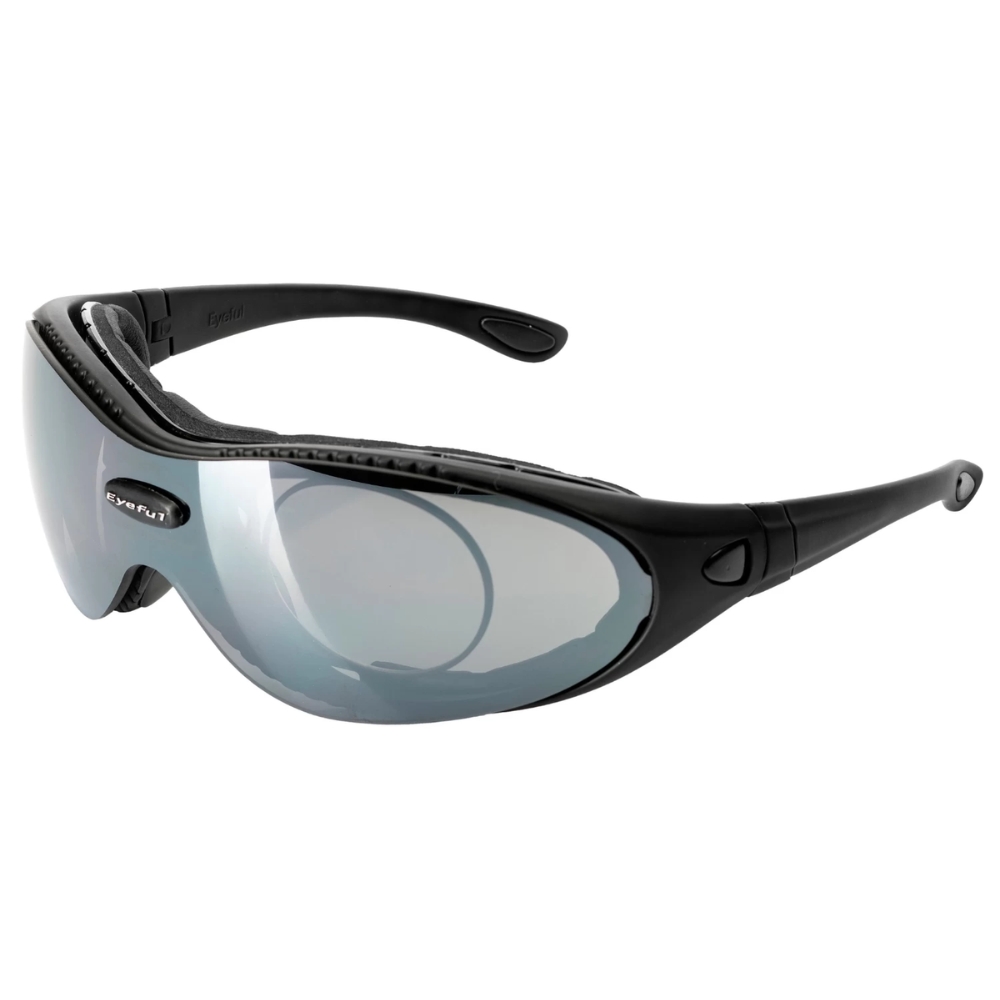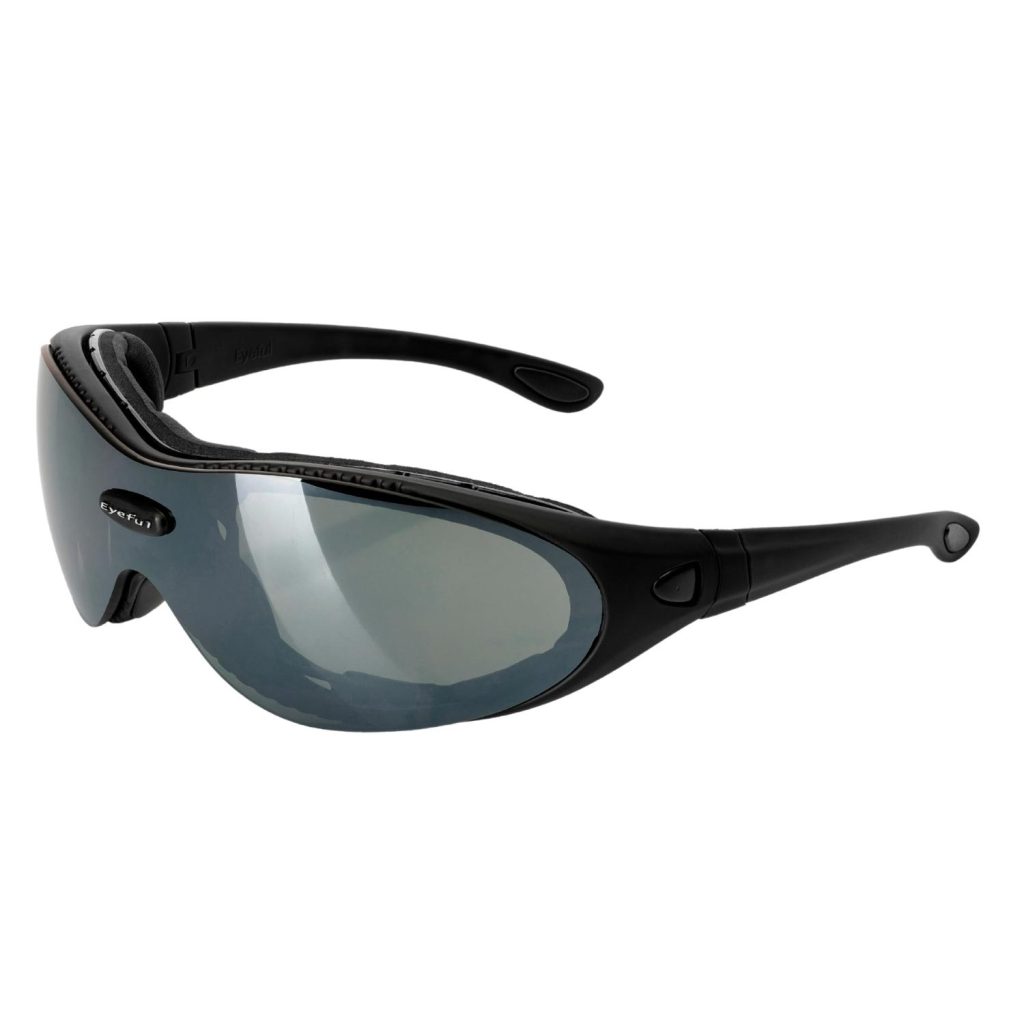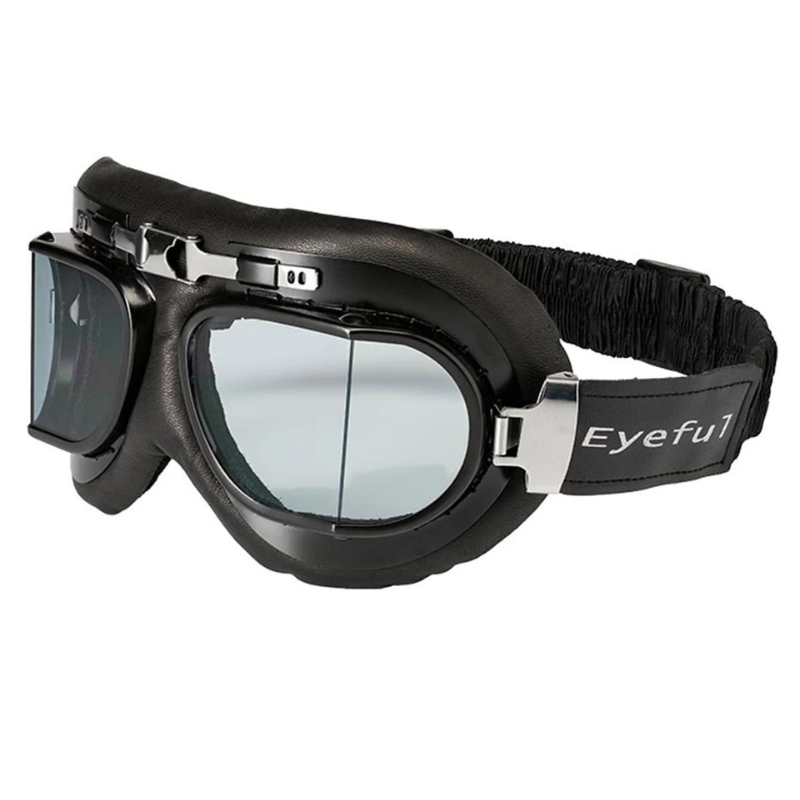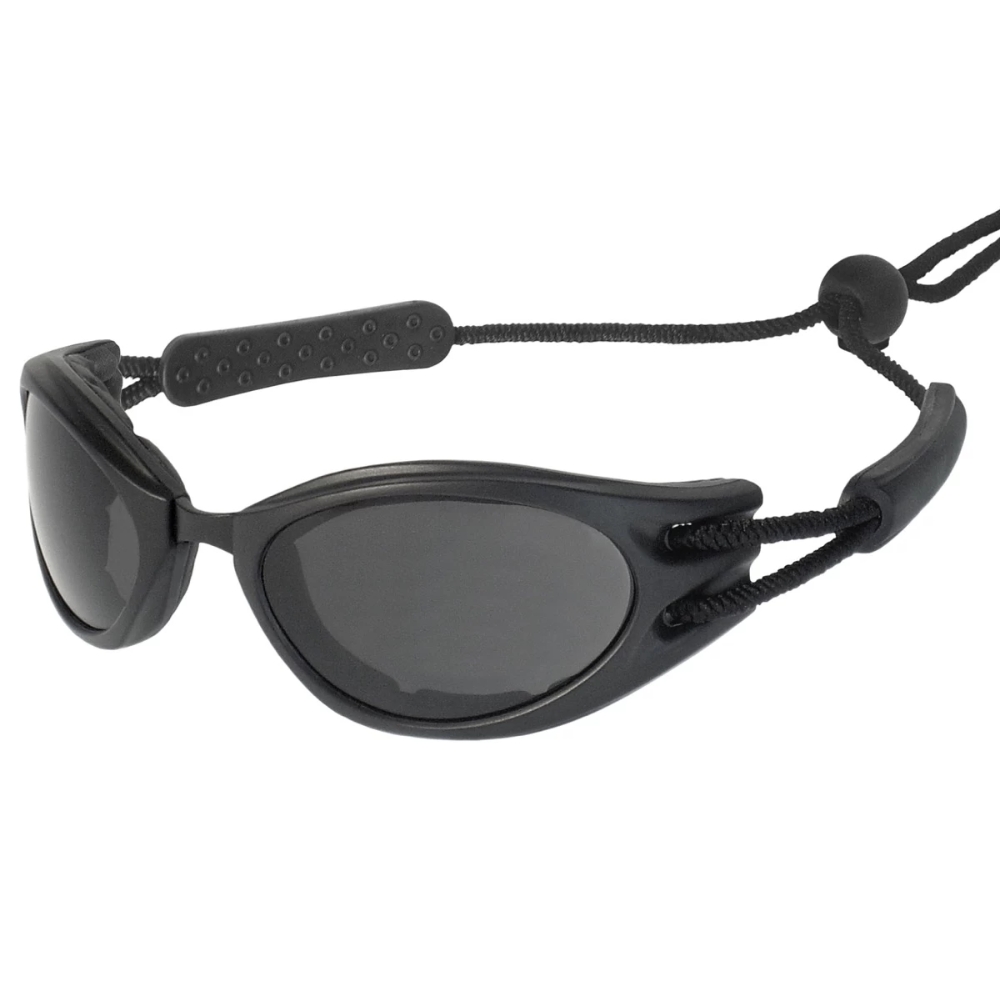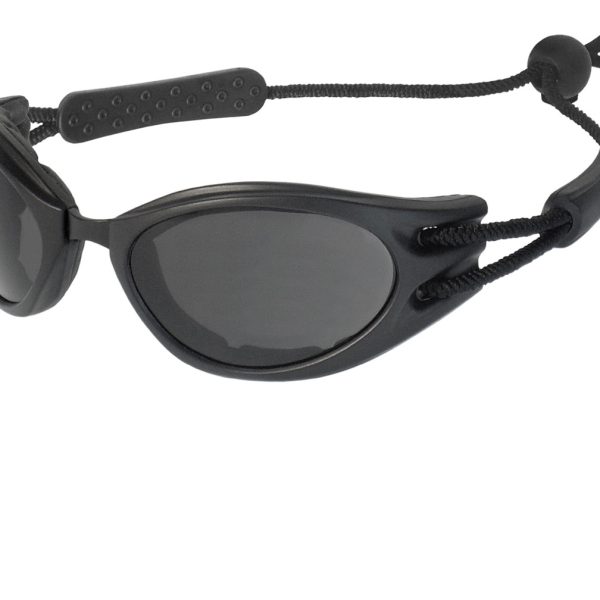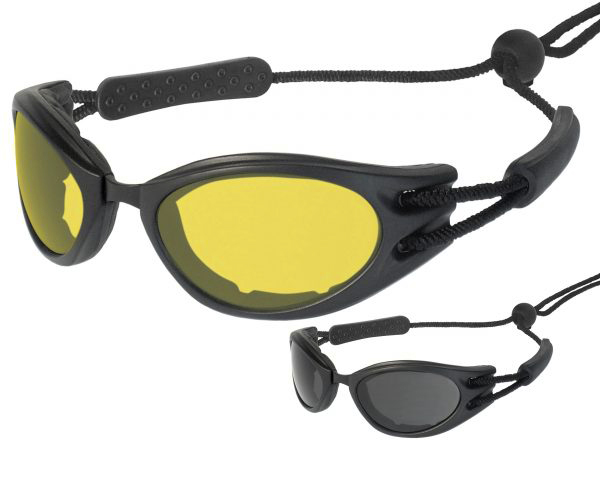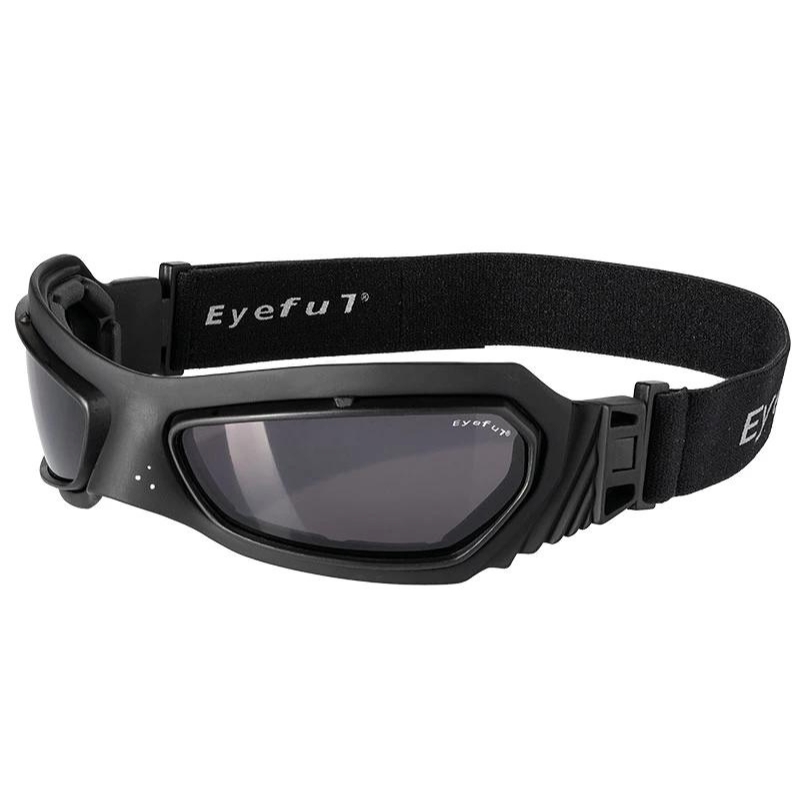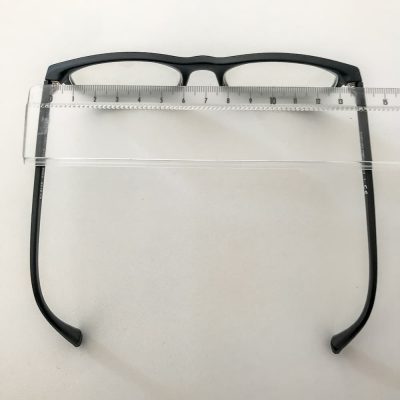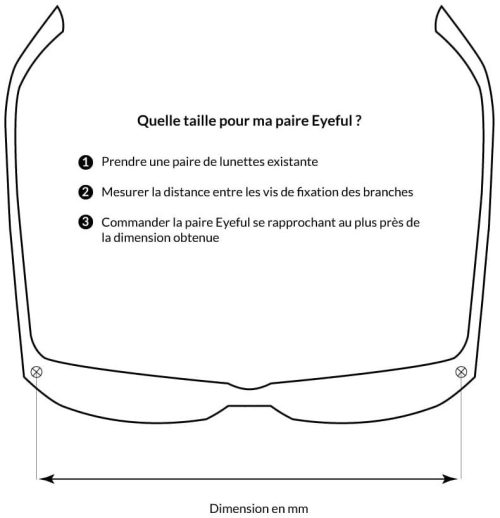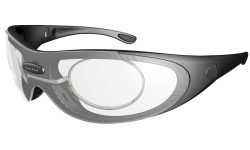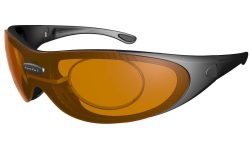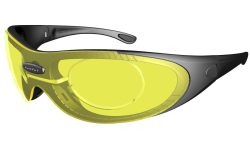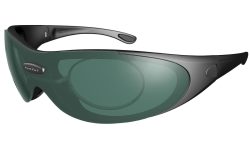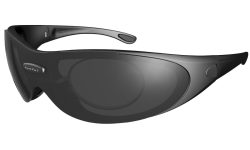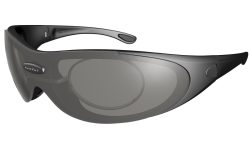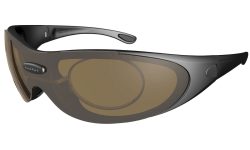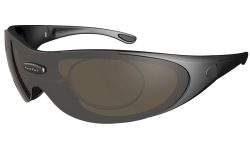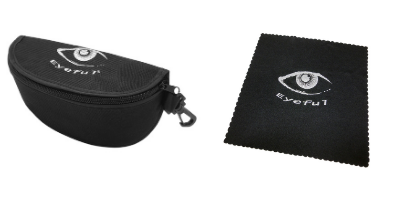
L’harmonie parfaite entre innovation technologique et élégance.
Découvrez les lunettes et les masques moto Eyeful pour une expérience de conduite supérieure et un style inégalé.
Lunettes et masques
Découvrez notre gamme de masques et lunettes moto.
Lunettes moto à la vue Eyeful AKO
Lunettes moto Eyeful SKO
Masque moto Eyeful Riverton aviateur
Lunettes de soleil moto GALLUP
Masque moto Eyeful Vega
Le masque Vega, le modèle le plus léger Eyeful, vous offre une clarté optimale grâce à ses verres anti-buée et anti-rayures. Son design ergonomique, sa mousse thermoformée et son cordon réglable le rendent adapté à toutes les morphologies et casques. Inclus : un étui souple et une chiffonnette microfibre pour un entretien facile.
Masque moto Eyeful Santa Fe

EYEFUL
Optique moto.
Eyeful, fondée par le designer visionnaire Gilles Noël, est une marque française emblématique dans l'univers des lunettes et masques pour motards.
Implantée au cœur du département de l'Ain, reconnue pour son riche patrimoine en optique et plasturgie, Eyeful s'inspire de son environnement pour créer des pièces d'exception.
Assemblées avec soin à Bourg-en-Bresse, la marque propose une gamme variée avec une dizaine de modèles, offrant un vaste choix de formes adaptées aux motards.
Entre élégance et fonctionnalité, Eyeful s'est imposée comme une référence pour les motards exigeants.
Lunettes moto à la vue AKO EYEFUL
Le modèle phare d’Eyeful, la lunette moto à la vue AKO, intègre une monture interne amovible pour permettant de recevoir des verres correcteurs.
Le design ergonomique et technique est rendu possible grâce à l’utilisation du Grilamid TR90, un polyamide aux propriétés incroyables en résistance et en torsion parfaitement adaptée à la moto et plus particulièrement confortable sous un casque.
La mousse interne thermoformée et micro ventilé est amovible ce qui permet d’éviter la formation de la buée sur les verres. Un bandeau inclus permet de passer en mode masque moto à vue en quelques manipulations.
L’AKO est livrée également avec 3 écrans interchangeables à choisir parmi 8 coloris ainsi qu’avec un étui et une lingette.
Entre élégance et fonctionnalité, Eyeful s’est imposée comme une référence pour les motards exigeants.

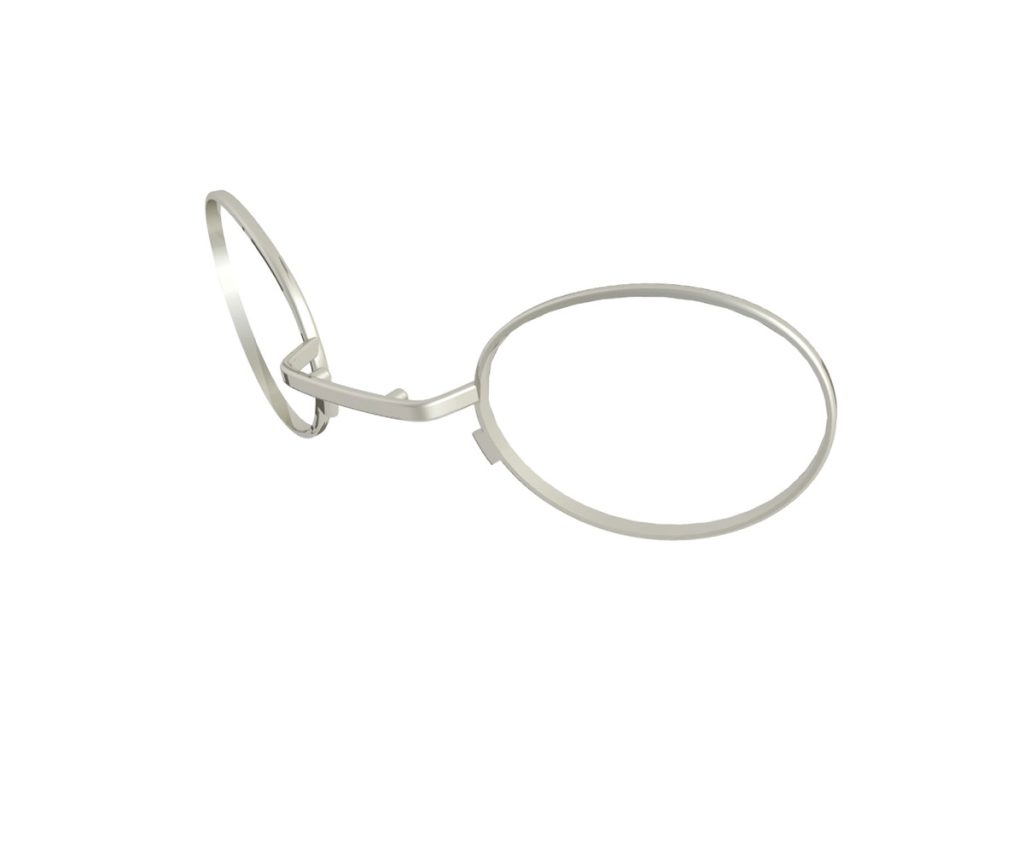
Monture à la vue
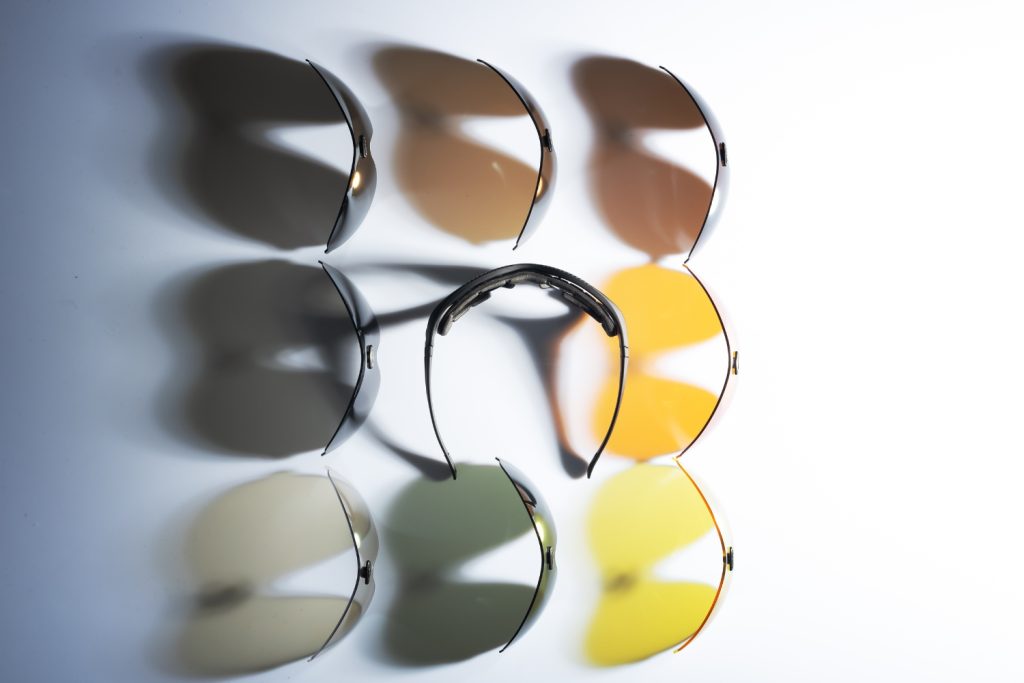
8 couleurs
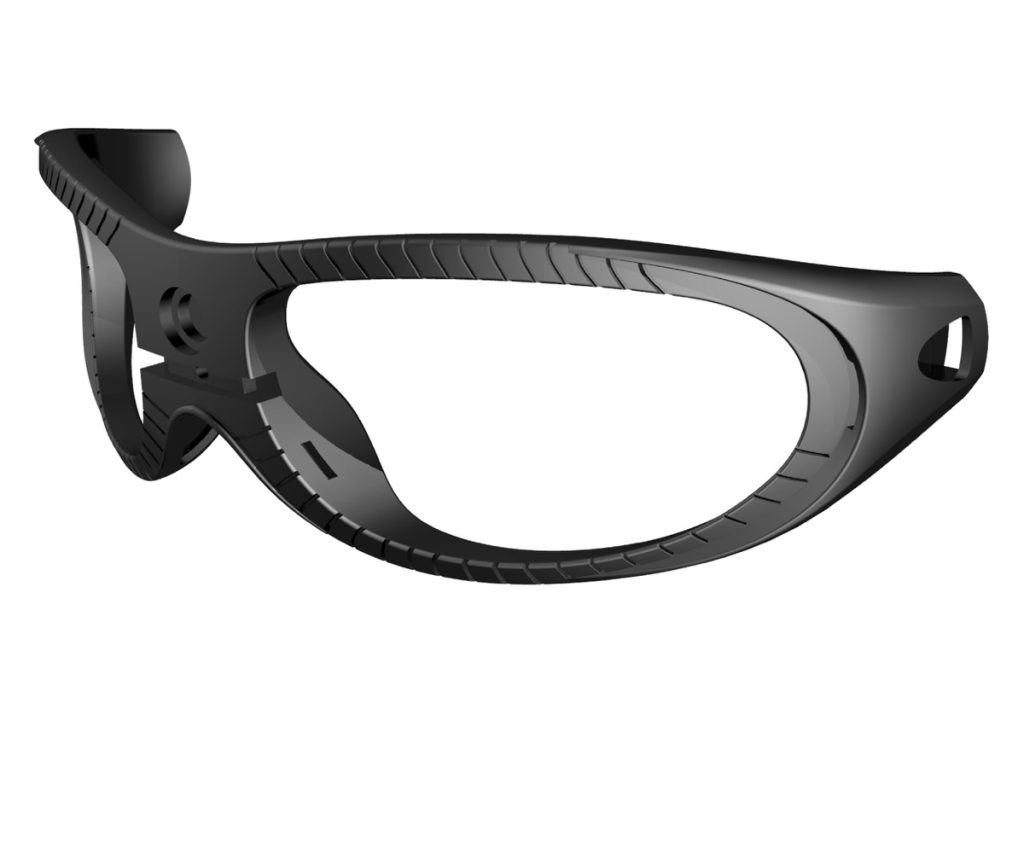
Monture légère

Branches souples
Les Lunettes Moto
Lunettes Moto : les avantages
Protection contre les débris : Les lunettes de moto EYEFUL protègent vos yeux contre les débris qui peuvent voler lorsque vous conduisez à grande vitesse. Cela comprend des petites pierres, des insectes, de la poussière et d’autres particules qui pourraient endommager vos yeux.
Protection contre le vent : Lorsque vous roulez à grande vitesse, le vent peut piquer vos yeux et provoquer des larmoiements. Les lunettes de moto bloquent le vent et aident à maintenir une vision claire.
Protection UV : Les lunettes de moto protègent contre les rayons UV nocifs du soleil, ce qui peut prévenir à long terme les dommages oculaires tels que les cataractes. (modèles cat.3 et 4)
Confort accru : Les lunettes de moto sont conçues pour être confortables même sur de longues périodes, avec des sangles réglables et des matériaux souples qui s’adaptent à la forme de votre visage.
Style : En plus de leurs avantages fonctionnels, les lunettes de moto sont aussi un choix de style.
Anti-buée : Les lunettes de moto EYEFUL sont dotées de revêtements anti-buée ou de systèmes de ventilation qui empêchent l’accumulation de buée sur les lentilles, ce qui peut être particulièrement utile dans des conditions humides ou froides.
Durabilité : Les lunettes de moto EYEFUL sont fabriquées avec des matériaux durables et résistants aux chocs pour résister aux rigueurs de la conduite sur la route.
Compatibilité avec le casque : Les lunettes de moto EYEFUL sont conçues pour être portées confortablement avec un casque, ce qui n’est pas toujours le cas avec des lunettes de soleil ou des lunettes de prescription ordinaires.

